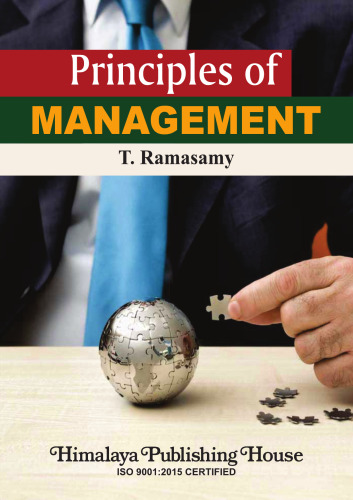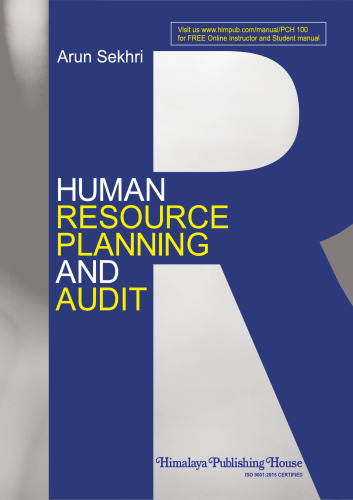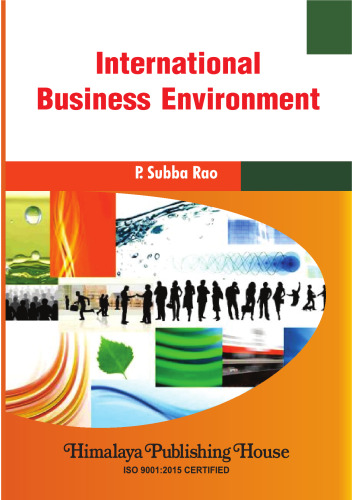The difficult task for all administrations from Truman to Reagan was to balance out power and mission in U.S. foreign policy.3 Too much emphasis on mission and the Cold War rhetoric of “liberation” and “roll-back” could stand in the way of change.4 Mere power politics threatened to undermine America’s ideals. 5 Time and again, policymakers discussed the dialectics between change and stability. After the suppression of the Prague Spring in 1968, for instance, the policy planners from Bonn, London, and Washington thought about ways to continue their efforts to work for liberalizing changes in Eastern Europe. At the same time, it was imperative not to give the Soviet Union the impression that NATO sought to undermine Soviet control over xii Introduction the countries of the Warsaw Pact.6 The crucial question was how one could “disengage the Soviets from Eastern Europe step-by-step.” Egon Bahr, then the policy planning director in Bonn’s Foreign Office, argued that “the only way is beginning projects that link Eastern and Western Europe in ways the Soviets don’t consider dangerous.” Bahr emphasized that “you bring this about only if you don’t put Soviet domination into question.” He reiterated that “this is a long procedure with its own contradictions, but it is the only way unless you give up the objective of liberating Europe.”7 As things turned out, the Conference on Security and Cooperation in Eu- rope (CSCE) gave East and West the opportunity to pursue détente on a broad basis—yet with competing objectives. Both sides differed over the question of how the gap left by the Cold War would be filled. The Soviets envisaged détente as a “certain amount of official co-operation between two groupings of countries with different concepts.” In addition, the Western proponents of a dynamic détente wanted a “gradual overcoming of the barriers separating the people involved.”8 The Soviet Union saw détente as a way to legalize the status quo. Bahr reiterated that “the West, too, wants détente, though with the aim of relaxing the present power relationship in Europe and of terminating the division of the continent.
چکیده فارسی
وظیفه دشوار همه دولتها، از ترومن تا ریگان، ایجاد توازن بین قدرت و مأموریت در سیاست خارجی ایالات متحده بود. تأکید بیش از حد بر مأموریت و لفاظیهای جنگ سرد «رهایی» و «بازگشت» میتواند در راه تغییر.4 صرفاً سیاست قدرت، آرمان های آمریکا را تهدید می کند. 5 بارها و بارها، سیاستگذاران درباره دیالکتیک بین تغییر و ثبات بحث کردند. به عنوان مثال، پس از سرکوب بهار پراگ در سال 1968، برنامهریزان سیاست از بن، لندن و واشنگتن به راههایی برای ادامه تلاشهای خود برای آزادسازی تغییرات در اروپای شرقی فکر کردند. در عین حال، ضروری بود که به اتحاد جماهیر شوروی این تصور داده نشود که ناتو به دنبال تضعیف کنترل شوروی بر کشورهای عضو پیمان ورشو است. مرحله به مرحله.» اگون باهر، مدیر برنامهریزی سیاست در وزارت خارجه بن، استدلال میکند که «تنها راه شروع پروژههایی است که اروپای شرقی و غربی را به روشهایی که شورویها آن را خطرناک نمیدانند، پیوند میدهند». بحر تاکید کرد که "شما فقط در صورتی این کار را انجام می دهید که سلطه شوروی را زیر سوال نبرید." او تکرار کرد که «این یک رویه طولانی با تناقضات خاص خود است، اما این تنها راه است مگر اینکه از هدف رهایی اروپا دست بکشید». این فرصت را به شرق و غرب داد تا تنش زدایی را بر مبنایی گسترده - در عین حال با اهداف رقابتی- دنبال کنند. هر دو طرف در مورد این سوال که خلاء ناشی از جنگ سرد چگونه پر خواهد شد، اختلاف نظر داشتند. شوروی تنش زدایی را به عنوان "مقدار مشخصی از همکاری رسمی بین دو گروه از کشورها با مفاهیم متفاوت" در نظر گرفت. علاوه بر این، طرفداران غربی تنش زدایی پویا خواهان «غلبه تدریجی بر موانع جداکننده مردم درگیر» بودند. بحر تکرار کرد که «غرب نیز خواهان تنش زدایی است، هرچند با هدف آرام کردن رابطه قدرت کنونی در اروپا و پایان دادن به تقسیم قاره.
ادامه ...
بستن ...
Published by Lexington Books
An imprint of The Rowman & Littlefield Publishing Group, Inc.
4501 Forbes Boulevard, Suite 200, Lanham, Maryland 20706
www.rowman.com
Unit A, Whitacre Mews, 26-34 Stannary Street, London SE11 4AB
Copyright © 2016 by Lexington Books
Cover photo (top): Lyndon Johnson, Willy Brandt, Klaus Schütz and Egon Bahr
at the White House, 18 May 1964. Landesarchiv Berlin, F Rep. 290 (04) Nr. 0097327.
Photo by Jim Manan.
Cover photo (lower left): Richard Nixon, Joint Statement to the Press,
29 December 1971, Richard Nixon Presidential Library, White House Photographs,
NLRN-WHPO-C8144-16. Photo by Robert L. Knudsen.
Cover photo (lower right): President Ford signs the Final Act of the Conference on
Security and Cooperation in Europe as it is passed among European leaders for signature
in Finlandia Hall, Helsinki, August 1, 1975. Gerald R. Ford Presidential Library,
Image: A5764-10A.
All rights reserved. No part of this book may be reproduced in any form or by
any electronic or mechanical means, including information storage and retrieval
systems, without written permission from the publisher, except by a reviewer who
may quote passages in a review.
British Library Cataloguing in Publication Information Available
Library of Congress Cataloging-in-Publication Data
Names: Kieninger, Stephan.
Title: Dynamic détente : the United States and Europe, 1964–1975 / Stephan
Kieninger.
Description: Lanham : Lexington Books, 2016. | Series: The Harvard Cold War
studies book series | Includes bibliographical references and index.
Identifiers: LCCN 2016001245 (print) | LCCN 2016001760 (ebook) | ISBN
9781498532419 (cloth : alkaline paper) | ISBN 9781498532426 (Electronic)
Subjects: LCSH: United States—Foreign relations—Europe. | Europe—Foreign
relations—United States. | Detente—History—20th century. |
Communication in politics—History—20th century. | United States—Foreign
relations—1963–1969. | United States—Foreign relations—1969–1974. |
Cold War—Diplomatic history. | National security—United
States—History—20th century. | National security—Europe—History—20th
century. | Conference on Security and Cooperation in Europe
(Organization)—History.
Classification: LCC D1065.U5 K53 2016 (print) | LCC D1065.U5 (ebook) | DDC
327.730409/046—dc23
LC record available at http://lccn.loc.gov/2016001245
The paper used in this publication meets the minimum requirements of
American National Standard for Information Sciences—Permanence of Paper
for Printed Library Materials, ANSI/NISO Z39.48-1992.
Printed in the United States of America
ادامه ...
بستن ...
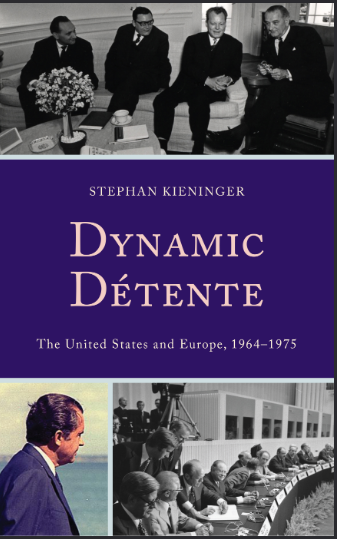


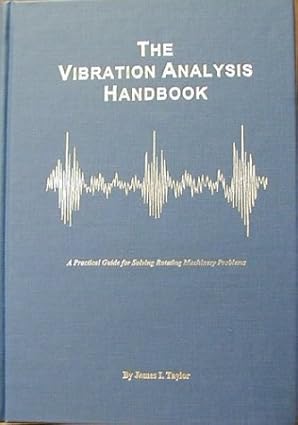
![Our mission to the court of Marocco [Morocco] in 1880, under Sir John Drummond Hay - pdf Our mission to the court of Marocco [Morocco] in 1880, under Sir John Drummond Hay - pdf](https://dl.libsan.ir/images/1/12/112108724_694b9e9769312.jpg)



